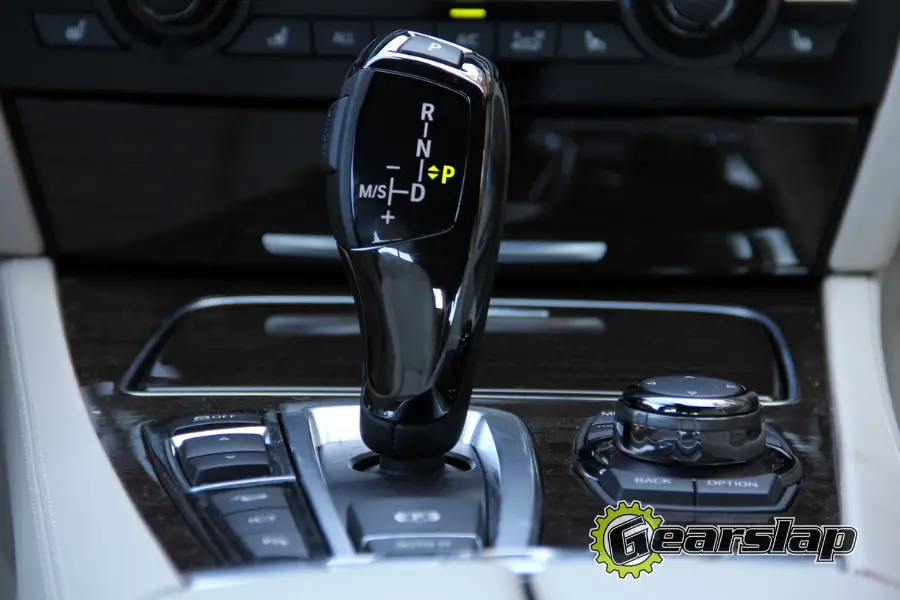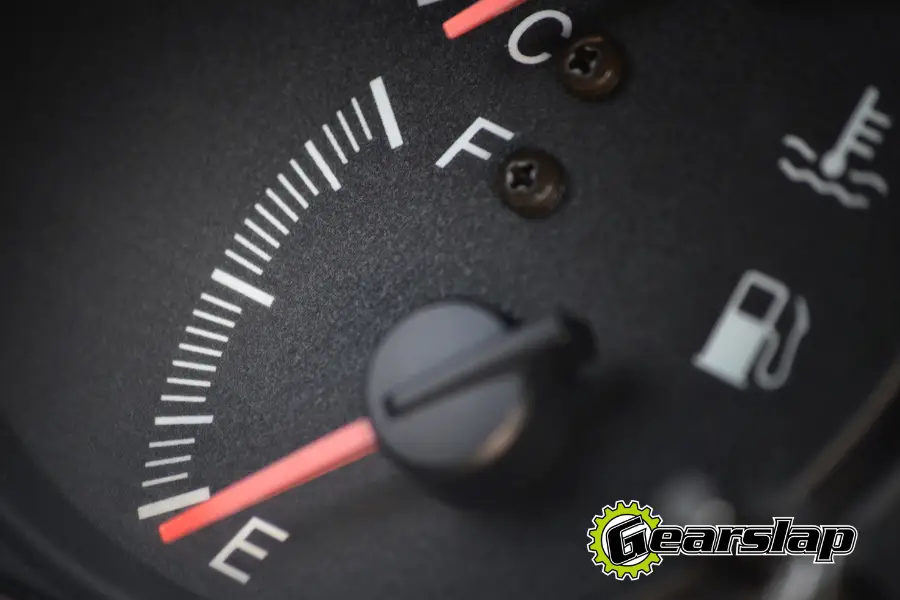Parking on an incline is difficult, but it’s essential to learn how to do it properly. You never know when you might be stuck doing it or when parking on a hill is your only option. This article will teach you the dos and don’ts of parking on an incline and bust some myths that people have about this process.
If you follow all of this advice, your car should always come out unscathed, and you will significantly reduce the chances that you or anyone else (like a passerby) damages your vehicle.
Should You Worry about Parking on an Incline?
Before you can learn how to park on an incline, you should know if parking on a slope is something worth worrying about. The short answer is yes, but it depends on your vehicle and where you’re driving.
If you have a manual transmission car or truck, then there’s nothing to stress over because the gears are what will stop your vehicle from rolling down the hill. However, if you have an automatic transmission vehicle, you should always be careful when parking on an incline.
How to Properly Park on an Incline
Now that we’ve covered why parking on an incline is essential and whether or not it applies to your situation, let’s go over how this process works. First of all, make sure that your handbrake is fully engaged once you’ve come to a stop.
Next, if your car has an automatic transmission, make sure that the vehicle is in the park (or neutral if it’s a manual). After that, put your car in first gear if you’re attempting this with a manual transmission vehicle. This will help ensure that your car won’t roll down the hill.
Finally, after you’ve gotten into the correct gear, try turning your steering wheel towards the way you want your wheels to face. This maneuver will help prevent unnecessary tire wear and potential damage to other parts of your car or truck.
Should You Set Your Parking Brake?
If you have an automatic transmission vehicle, the order in which you engage your parking brake is essential. Make sure that you engage the parking brake before putting your car into park. If you switch them around, this can make it challenging to get the vehicle back into gear. That’s because the pressure caused by the incline can lock up your transmission.
Finally, remember to turn your wheels either towards the curb or away from the curb, depending on if you’re parking facing uphill or facing downhill. If you’re parking uphill, turn your wheels away from the curb so that if your brakes fail, your car will roll towards the curb instead of towards the road. If you’re parking facing downhill, turn your wheels towards the curb so that your vehicle will move towards the curb if your brakes fail.
If the road you’re parking on doesn’t have a curb, then turn your wheels towards the side of the road. That way, if your brakes fail, your car will roll towards the side of the road instead of into traffic.
Don’ts of Parking on an Incline
Now that we know how to park on an incline properly, let’s go over what not to do when parking on an incline. The first thing that you should avoid is coming to a complete stop and then turning the wheel and engaging the parking brake. Instead, it’s best to engage the emergency brake before employing the parking brake and turning your wheels.
Another wrong move is completely disengaging the emergency brake after you’ve come to a complete stop because this means that all of the weight from your vehicle’s momentum will be resting on its transmission system. Lastly, don’t bounce up and down on your car or truck while it’s parked on an incline because this can cause your vehicle to roll down the hill.
Myths about Parking on Inclines
People often believe certain things about parking on an incline that aren’t true. Here are the top four myths that people tend to use for this particular practice.
You Don’t Need to Use Your Parking Brake
The first myth is that people don’t need to use their parking brakes if parked on a hill. This isn’t true because using your handbrake while you’re already parked on an incline will prevent unnecessary rolling of the vehicle and possibly damage to other parts, such as your tires or transmission.
This myth came about because people off-roading used to neglect their parking brake when parked on a hill. However, this is an outdated method for this process that causes unnecessary wear and tear on your vehicle.
You Must Engage the Parking Brake Before Reversing on an Incline
Another myth is that you must engage your parking brake before reversing when you’re parked on an incline. This isn’t true; you only need to use the parking brake if it’s preventing your car from rolling down the hill. Reversing your vehicle on an incline is only dangerous if you’re not thinking ahead, so use extra caution when doing this maneuver.
Don’t Reverse on an Incline with an Automatic Transmission
People also believe that you cannot reverse your car when parked on an incline if you have an automatic transmission. However, this isn’t true either because there is no reason why the process of reversing should be any different for people who drive automatic vehicles.
You Need to Put Your Vehicle in Neutral While Parked on an Incline
The final myth about parking on an incline is that you need to put your vehicle in neutral while you’re parked on an incline. This is simply a myth that has been passed down from generation to generation.
Putting your car or truck into neutral isn’t necessary for this process, although it may seem like it will prevent damage because your vehicle’s weight will be resting on the brake pads instead of the transmission system. Aditionally, you should still engage the parking brake because it’s crucial for preventing your vehicle from rolling down the hill.



